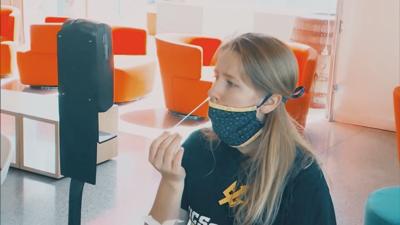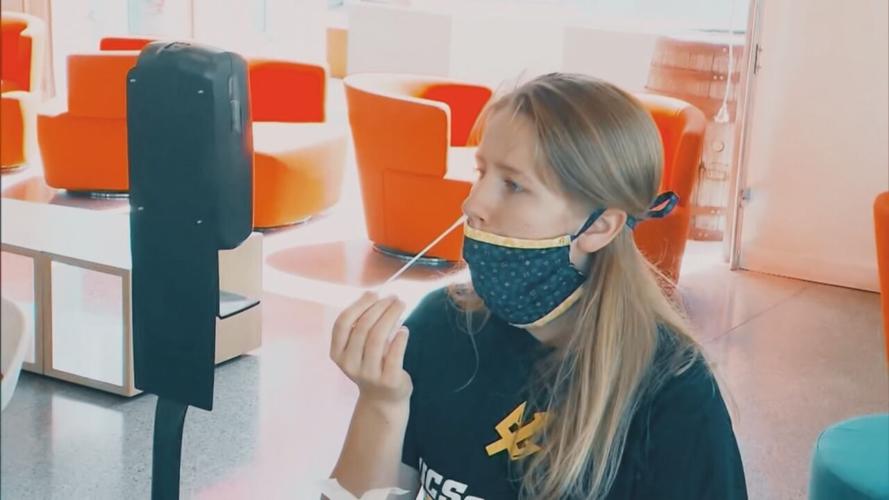LOUISVILLE, Ky. (WDRB) -- COVID-19 hospital admissions have inched upward in the United States since early July in a small-scale echo of the three previous summers.
One version of omicron — EG.5 — is appearing more frequently, but no particular variant of the virus is dominant. The variant has been dubbed “eris,” but it’s an unofficial nickname that scientists aren’t using.
UofL Health Dr. Mark Burns said this version of the virus is slightly more contagious, but is no more severe than omicron. UofL Health has seven patients across its entire system who are in the hospital with COVID-related issues, but none are in the ICU and no one is on a ventilator.
"There's several contributor factors to that," Burns said. "There's been an increase in travel, there's also, although not as much in our neighborhood, there's been an increase in hot weather. People have been congregating indoors in the air conditioning."
Burns said the immunity from the latest boosters is starting to weaken. He recommends people with a weakened immune system to wear masks if they're in a place with poor ventilation.
Burns recommended people to get the new COVID vaccine that's expected to come out in mid-September.
This fall, officials expect to see updated COVID-19 vaccines that contain one version of the omicron strain, called XBB.1.5. It’s an important change from today’s combination shots, which mix the original coronavirus strain with last year’s most common omicron variants.
It’s not clear exactly when people can start rolling up their sleeves for what officials hope is an annual fall COVID-19 shot. Pfizer, Moderna and smaller manufacturer Novavax are all brewing doses of the XBB update, but the Food and Drug Administration will have to sign off on each, and the Centers for Disease Control and Prevention must then issue recommendations for their use.
Dr. Mandy Cohen, the new CDC director, said she expects people will get their COVID-19 shots where they get their flu shots — at pharmacies and at work — rather than at dedicated locations that were set up early in the pandemic as part of the emergency response.
“This is going to be our first fall and winter season coming out of the public health emergency, and I think we are all recognizing that we are living with COVID, flu, and RSV,” Cohen told The Associated Press earlier this month. “But the good news is we have more tools than ever before.”
Copyright 2023 WDRB Media. The Associated Press contributed to this report. All Rights Reserved.














